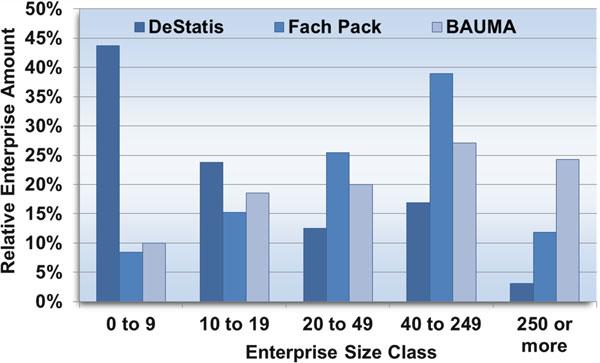M. Peris-Ortiz et al.
46 Table 5.4 Correlation between payback and innovation for Spain Year 2008 2007 2006 2005 2004
GDP growth (%) 0.90 3.50 4.10 3.60 3.30
N 414 160 77 189 81
Coefficient 0.016 −0.105 −0.027 −0.151 −0.297
Significance (p) 0.744 0.187 0.813 0.038 0.007
Table 5.5 Correlation between payback and innovation for the USA Year 2008 2007 2006 2005 2004
GDP growth (%) −0.30 1.90 2.70 3.10 3.50
N 54 20 32 22 19
Coefficient −0.263 −0.663 0.21 −0.507 −0.129
Significance (p) 0.449 0.001 0.249 0.016 0.598
Table 5.6 Correlation between payback and innovation for the UK Year 2008 2007 2006 2005 2004
5.4
GDP growth (%) −1.00 3.60 2.60 2.80 2.90
N 12 57 83 27 33
Coefficient −0.476 0.058 −0.039 0.263 0.007
Significance (p) 0.118 0.667 0.728 0.186 0.97
Conclusions
The relationship between innovation and performance has always been complex, and the advantages of investment in innovation have always been difficult to prove, especially when the overall economic performance of organizations is considered. Many factors influence the impact of innovative activities on economic performance, such as the time gap between investment and results, always a risk with innovation. The risk associated with innovation is exacerbated by the risk associated with any new venture. In addition, issues still undeveloped in new organizations, such as organizational and cultural aspects and absorptive capacity, can distort the advantages of innovation. This study attempts to add a new element, exogenous to organizations, which may be relevant in the strategies of new start-ups: the economic context. The results of this study, although not conclusive, show the ineffective trend of innovation strategies in start-ups during times of economic prosperity. However, this






